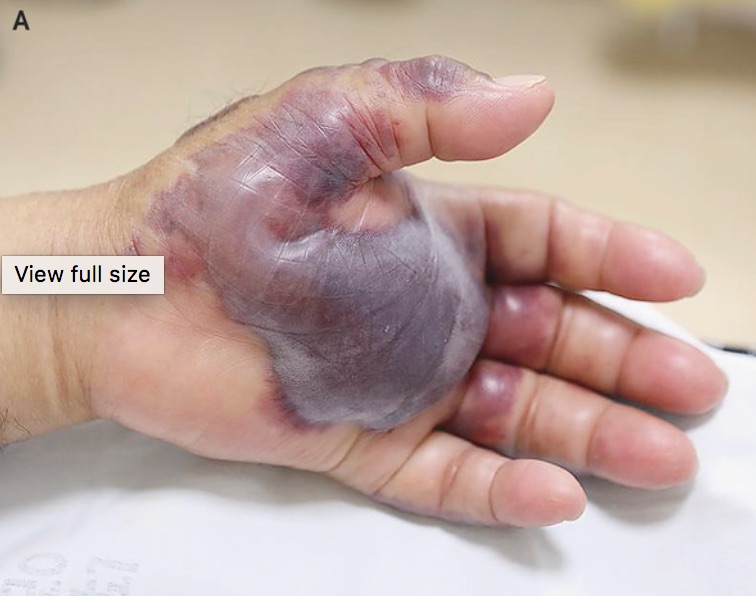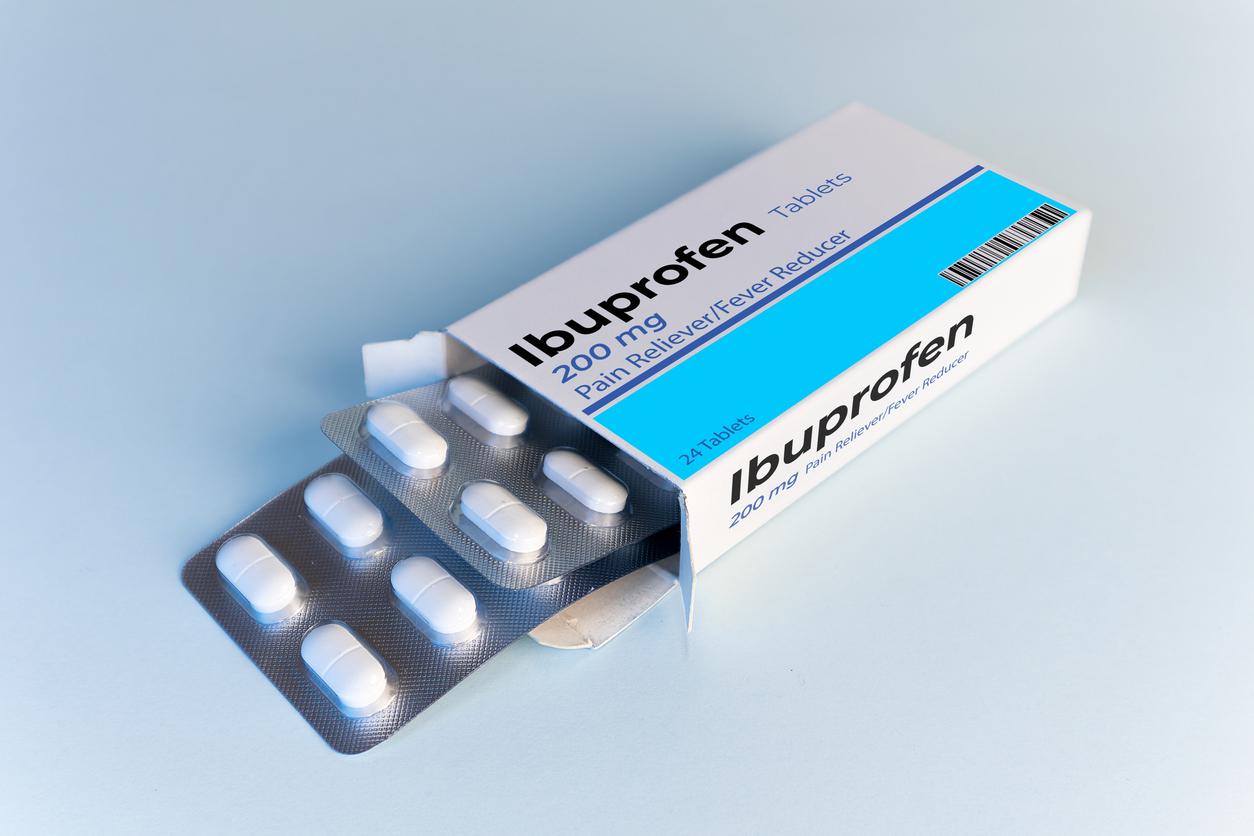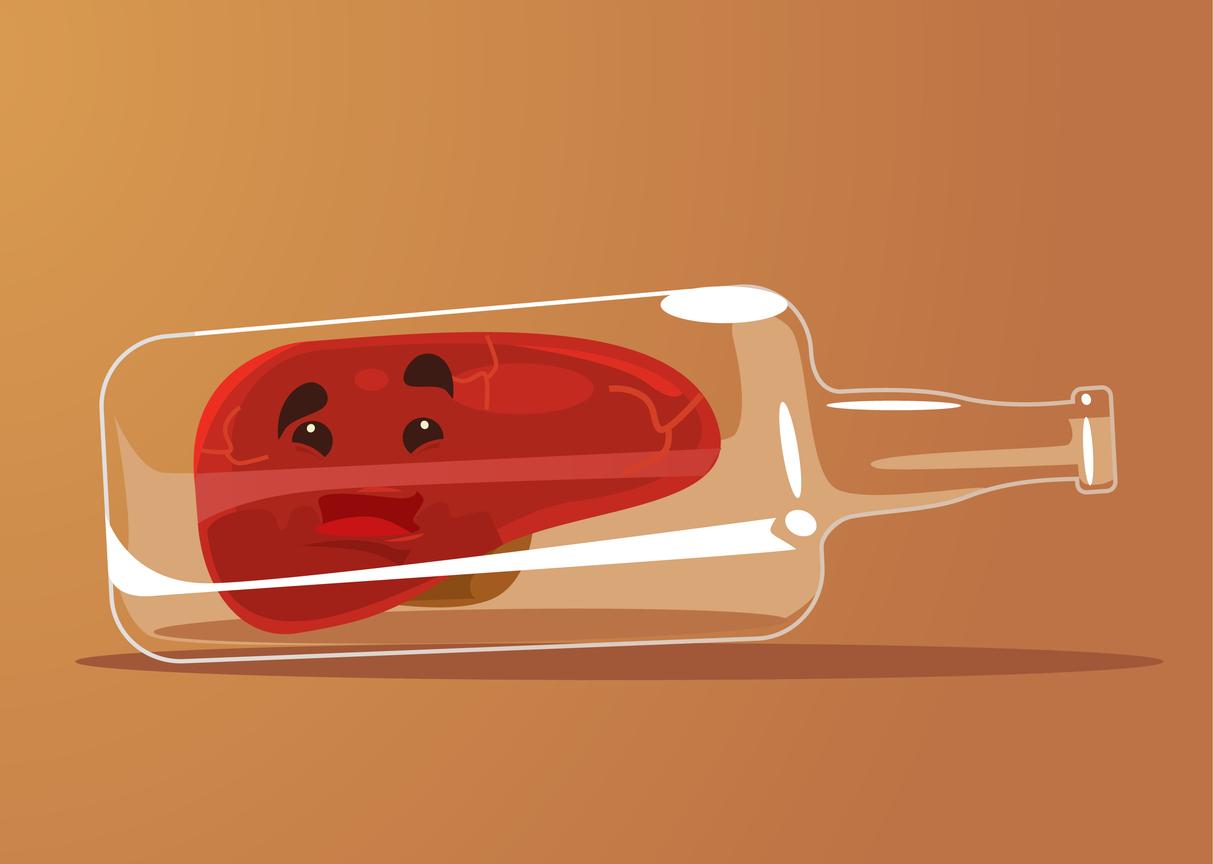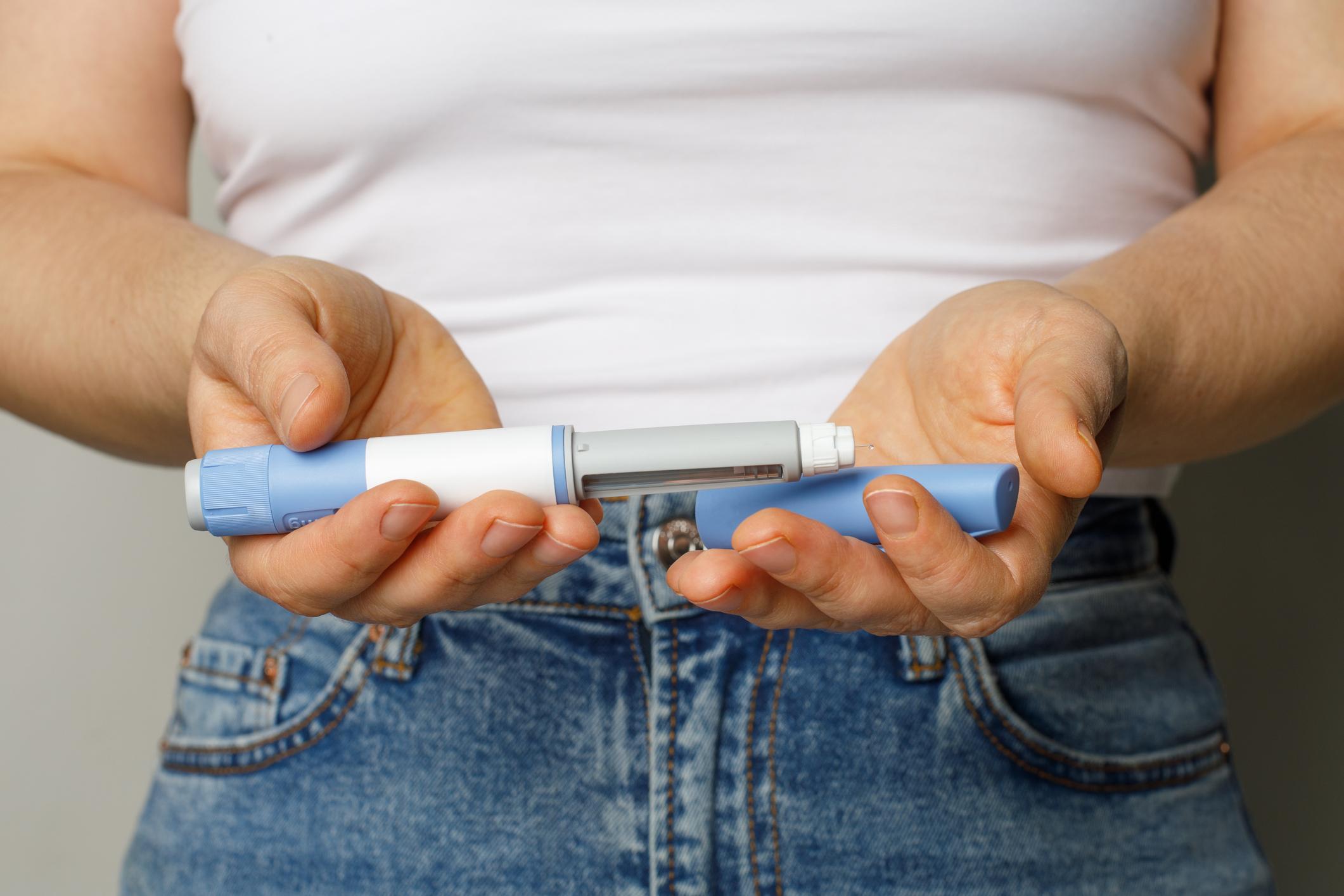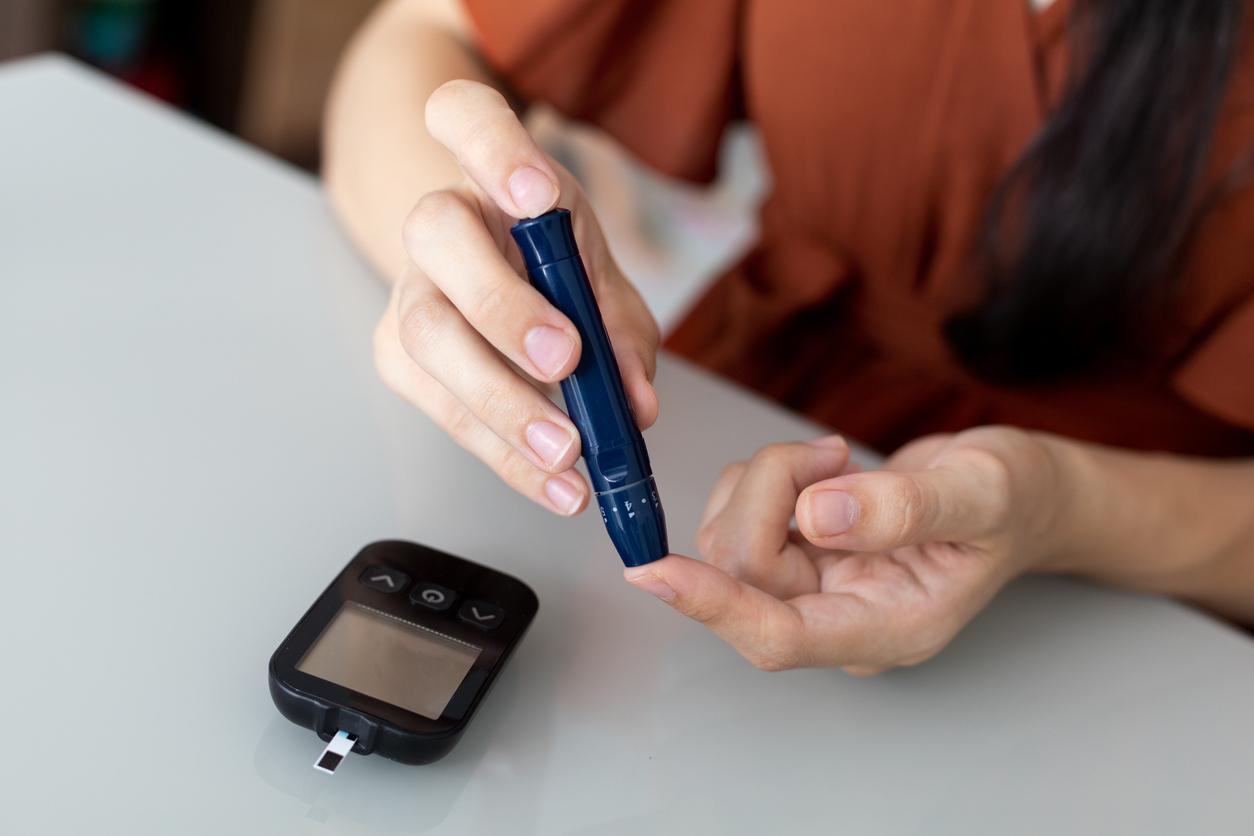A South Korean presented to the emergency room a dozen hours after eating raw seafood at a sushi restaurant. Suffering from severe pain and with a hand swollen with huge purplish blisters, he ended up having an amputation. This story agitates social media but the risk is grossly overstated for the average seafood eater. The explanations.
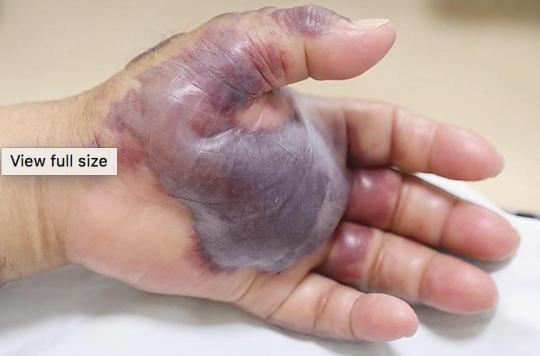
Following food poisoning after eating raw seafood in a sushi shop, a Korean diabetic reported a violent infection in his hand which led to his forearm amputation.
At the end of July, a 71-year-old man presented to the emergency room with huge blisters on his hand. He says he has suffered excruciating pain in his left hand and high fevers for two days. His problems would have appeared udo a dozen hours after eating raw seafood at a local sushi shop.
12 hours after eating seafood
He first felt terrible pain and observed the appearance of huge bleeding bubbles measuring 3.5 cm by 4.5 cm on the palm of his left hand. Red-purplish edema, with confluent bubbles and bruising, also spread over the back of the hand and forearm. This case is reported in the New England Journal of Medicine (see illustrations below).
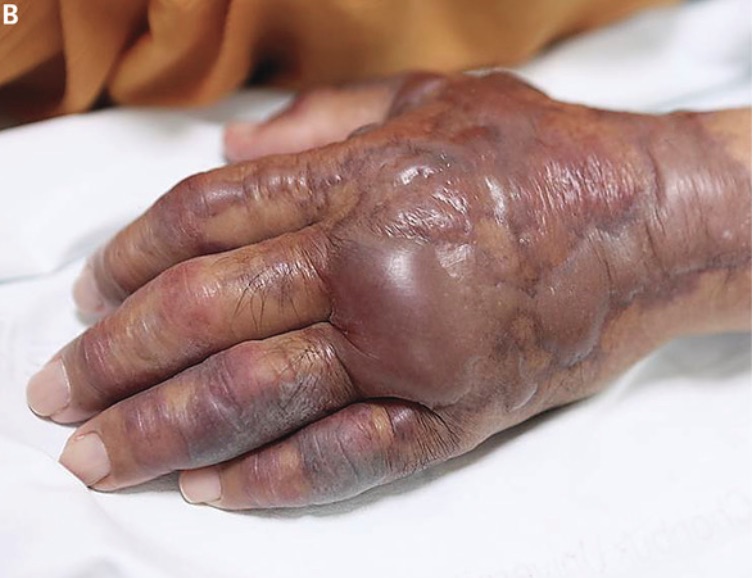
@The New England Journal of Medicine (NEJM)
Deep necrotic ulcers
Quickly diagnosing an infection with Vibrio vulnificus thanks to a sample of liquid in the blister, the doctors decide to operate on the patient in emergency, in order to “put flat” these bacterial abscesses. When he wakes up, he receives a powerful combination of antibiotics containing ceftazidime and ciprofloxacin intravenously.
Despite treatment, the skin lesions progressively progress to deep necrotic ulcers. Doctors must resolve to amputate his left forearm 26 days after dinner.
An infection in an immunocompromised diabetic
Vibrio vulnificus is a species of Gram-negative bacteria belonging to the genus Vibrio. Present in marine environments such as estuaries or coastal waters, this bacterium is close to Vibrio cholerae, the agent responsible for cholera. Infections caused by Vibrio vulnificus are serious due to the secretion of a toxin.
They can lead to gastroenteritis, a necrotizing infection of wounds following swimming or invasive sepsis, as illustrated in the case described above. Very often, however, contamination occurs in immunocompromised people.
In the United States, the bacteria are part of the flora and multiply naturally in the warm, salty waters of the Gulf Coast, Florida. In 2016, 23 people were infected, and 5 died from it. The year before, the US state had recorded 45 cases, including 14 deaths.
Type 2 diabetes and end-stage renal disease
The South Korean patient had advanced type 2 diabetes and end stage kidney disease. “Patients who suffer from certain immune disorders, chronic liver diseases or cancer, are at an increased risk of complications in the event of contamination with Vibrio vulnificus”, warn experts in The New England Journal Of Medicine.
Kidney failure and diabetes cause the immune system to decline, and advanced-stage diabetes is accompanied by damage to the arteries (arteriopathy) and nerves (diabetic neuropathy) which make healing of a simple wound sometimes very difficult for patients. extremities (diabetic foot): the tissues of the hands and feet, poorly vascularized and poorly innervated, defend themselves and regenerate very poorly.
The patient endured the operation well and was able to leave the hospital. This story highlights the seriousness of diabetes when improperly cared for, but to portray this story as a risk every sushi eater should consider is grossly overstated.


.








